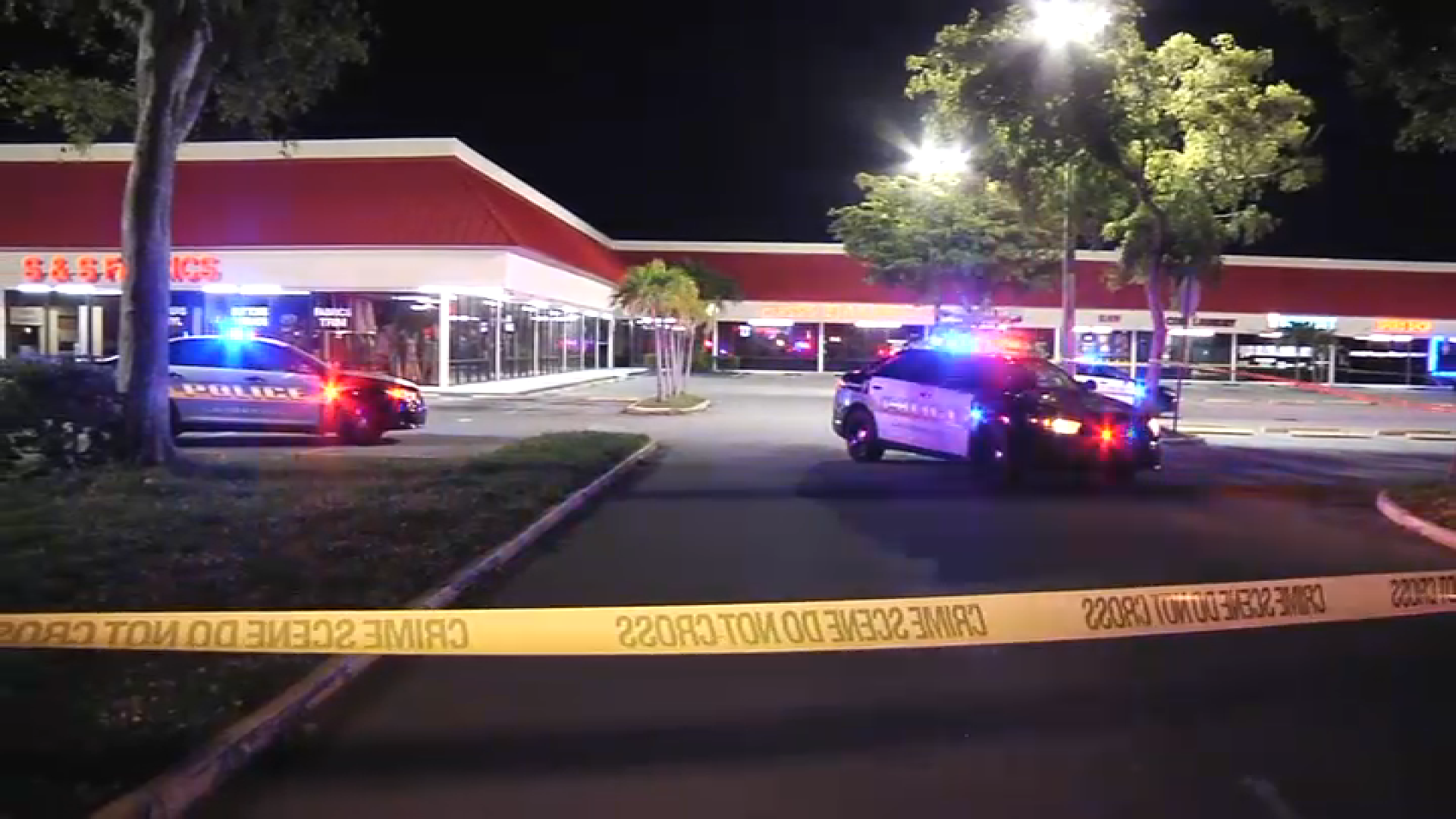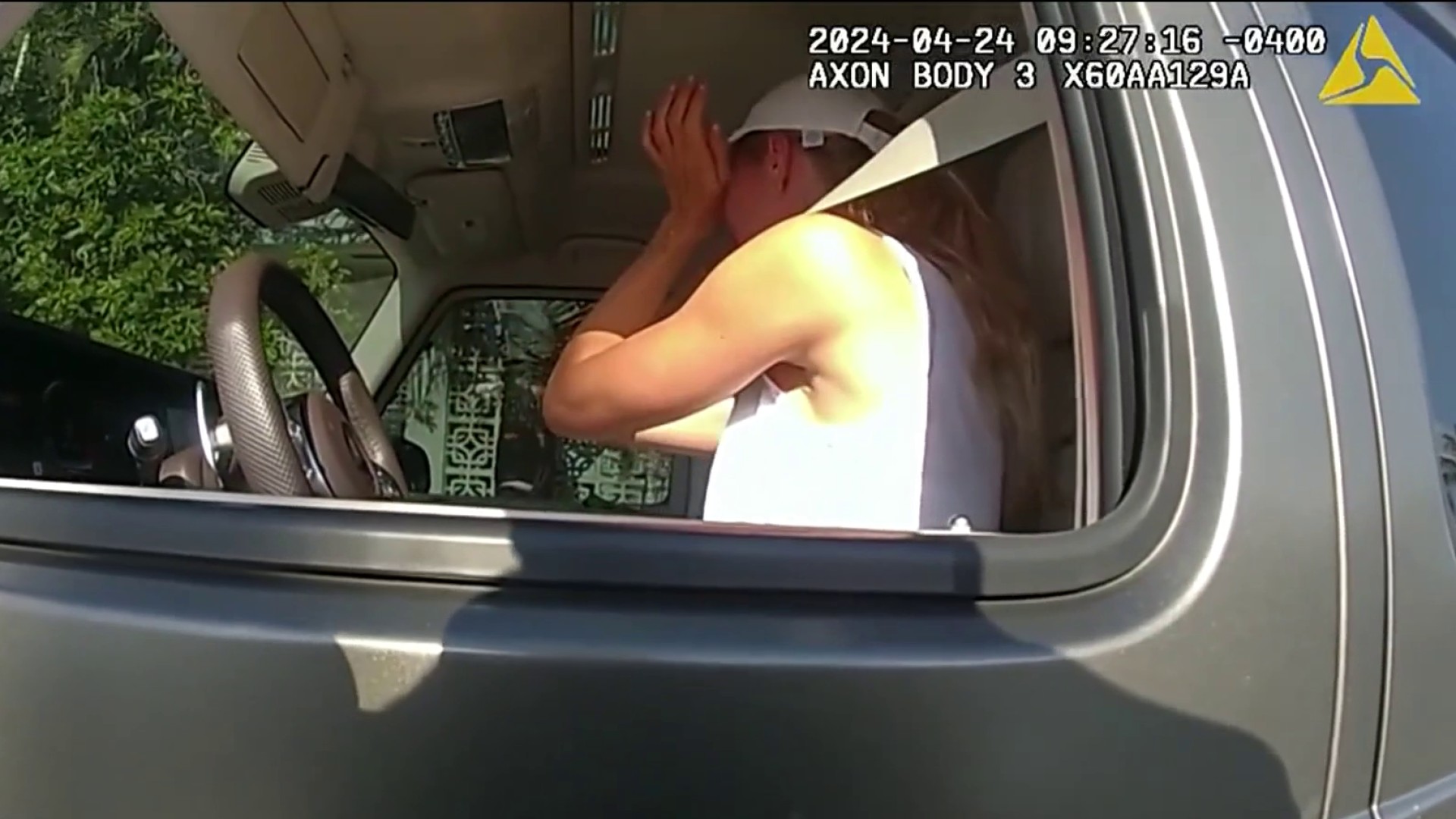Tropical Storm Isaac knocked out power to thousands of residents in South Florida – and some people likely had generators on hand in case they lost electricity.
Generators are great to have around during such conditions, but they can also be a silent killer if not used properly, experts say.
“Well, nearly 300 people die a year from carbon monoxide poisoning, and thousands feel the effects and go to the hospital to make sure to get treatment,” said Chris Borak, a supervisor at Home Depot.
When a generator is running it releases colorless, odorless, and tasteless toxic fumes called carbon monoxide, Borak said. Exposure to high levels of fumes normally results in flu-like symptoms like nausea, vomiting and fatigue.
During any storm, people should not operate a generator indoors or in an attached garage. A simple way to remember that is to read the manufacturer’s instructions and follow the directions given, Borak said.
“Grounding a generator will protect you from electrocution, keeping it 25 feet away from any windows awnings, any area where air can get into the house, will also protect you from carbon monoxide,” he said.
Another way to make sure that you and your family are safe is to invest in a carbon monoxide tester and place it near the airway where the generator is located to make sure you do not have excess levels of fumes.
Local
Part of practicing generator safety is not forgetting any steps, Tony Nestor of Home Depot said.
“Another safety precaution in operating your generator is make sure you have proper oil, enough oil to sustain you through the storm,” he said.



